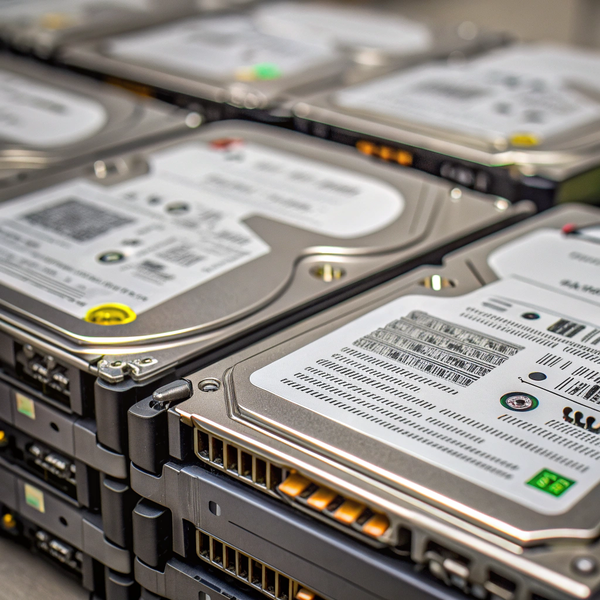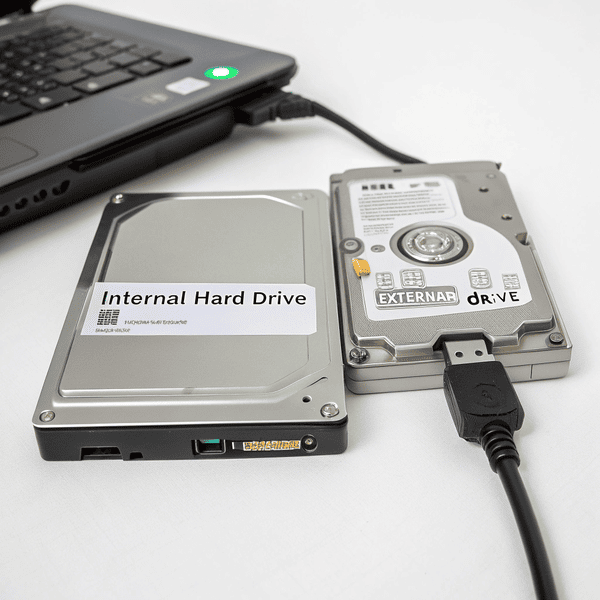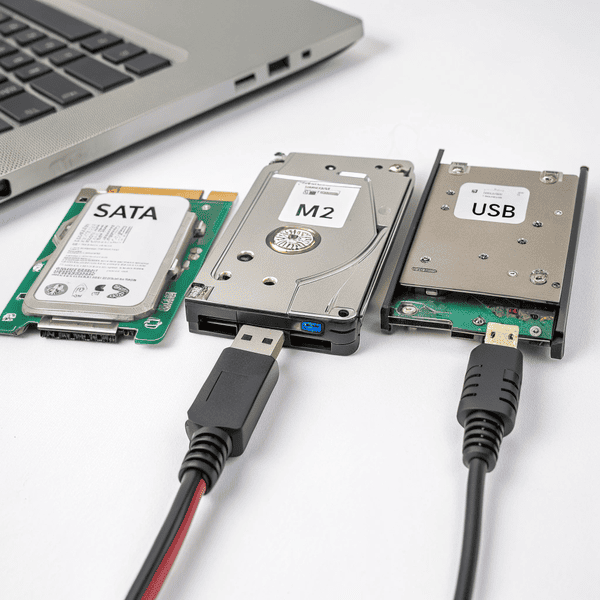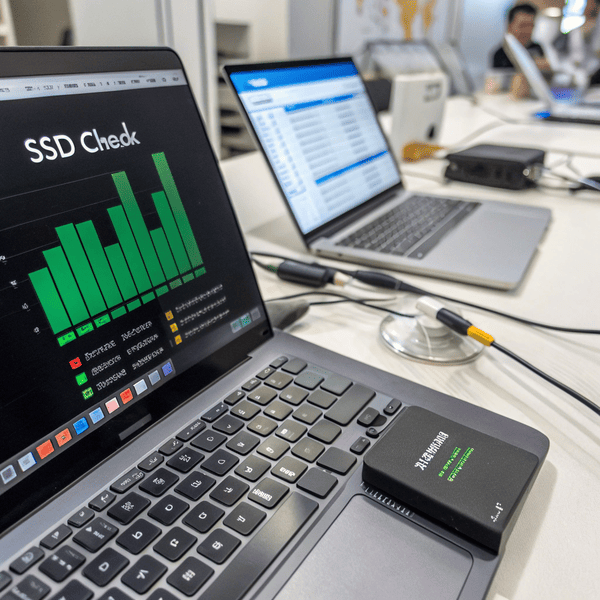Servers demand non-stop service and high reliability, but the storage choices inside them often confuse even experienced IT workers.
Servers are often equipped with SAS (Serial Attached SCSI) drives over standard SSDs because SAS drives deliver greater reliability, endurance, and Servers are often equipped with SAS (Serial Attached SCSI) drives[^1] over standard SSDs because SAS drives deliver greater reliability, endurance, and enterprise-level features needed for continuous, high-demand environments.
[^1]: Explore this link to understand why SAS drives are preferred for their reliability and performance in enterprise environments.
needed for continuous, high-demand environments.
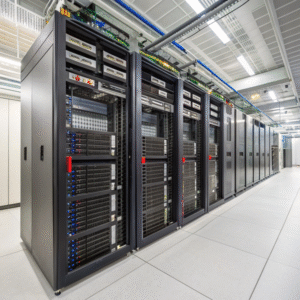
On my first day managing a server room, I was puzzled by the bulky SAS drives filling every storage rack. I’d always thought SSDs were faster and smaller, so why stick to SAS? The answer became clear: servers need more than speed. They need reliability. SAS drives are designed to survive years of nonstop reading and writing, offer advanced error correction, and support dual ports for redundancy. This is why server manufacturers and data center planners consistently pick SAS to build their backbone.
Why do servers use SAS drives?
Data never sleeps in business, so your storage can never fail. Many wonder why businesses invest so much in specialized and costly drives.
Servers use Servers use SAS drives because these drives offer higher reliability, better error handling, and features like dual porting that are crucial for enterprise-level data protection[^1] and uptime.
[^1]: Learn about enterprise-level data protection to see how it safeguards critical data and ensures business continuity.
because these drives offer higher reliability, better error handling, and features like dual porting that are crucial for enterprise-level data protection and uptime.
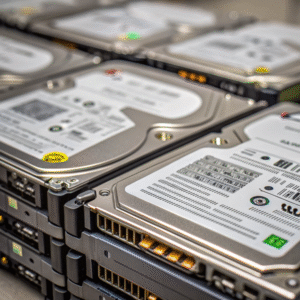
I remember the first time a customer called about data loss because of a failed storage drive. Enterprises store incredibly valuable data, and every hour offline is costly. SAS drives are purpose-built for this world: they support advanced error recovery, allow IT folks to swap failed disks without interrupting service (hot swapping), and connect to more drives using longer cables. Below is a simple comparison of SAS features versus regular desktop storage:
| Feature | SAS Drive | Typical Consumer Drive |
|---|---|---|
| Reliability | High, enterprise grade | Moderate, home/office use |
| Hot Swapping | Yes | Seldom or no |
| Error Handling | Advanced | Basic |
| Dual Porting | Yes | No |
In business, storage failures are not an option. That is why SAS wins the trust of data center architects.
Why are SSDs not used in servers?
SSDs are everywhere in laptops and desktops, but not always in big servers. The question stumps many IT newcomers.
Standard SSDs are not widely used in servers because enterprise environments require drives with higher endurance and Standard SSDs are not widely used in servers because enterprise environments require drives with higher endurance[^1] and special features that most consumer SSDs lack.
[^1]: Understanding higher endurance SSDs can help you choose the right storage solutions for demanding enterprise applications.
that most consumer SSDs lack.
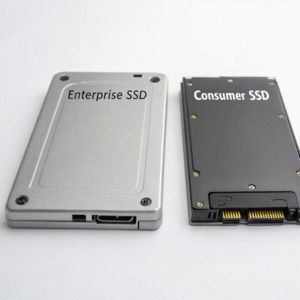
When my team tried cheap SSDs to speed up a small server, we saw drive failures pile up fast. Consumer SSDs wear out after repeated writes and can’t handle non-stop workloads. Servers demand constant use—24/7, year-round—and enterprise SSDs exist, but they are engineered very differently. They use better controllers, have firmware for consistent performance, and provide extended warranty and service plans. Below is a quick breakdown:
| SSD Type | Use Case | Endurance (Typical) | Features for Servers |
|---|---|---|---|
| Consumer SSD | Personal use | Low | Basic functionality |
| Enterprise SSD | Servers | Very high | Power loss protection, wear leveling |
People confuse all SSDs as equals, but most low-cost SSDs don’t survive life in a data center. Only drives built for enterprise use are suitable.
What is better, SAS or SSD?
Choosing technology can be tough. People want to know: should you buy the older, tried-and-true SAS, or jump for fast SSD?
Enterprise SSDs are usually better for speed, but SAS drives[^1] (especially SAS SSDs) are still preferred for their durability, reliability, and features in non-stop server environments.
[^1]: Explore this link to understand why SAS drives are favored for their durability and reliability in critical server applications.
are usually better for speed, but SAS drives (especially SAS SSDs) are still preferred for their durability, reliability, and features in non-stop server environments.
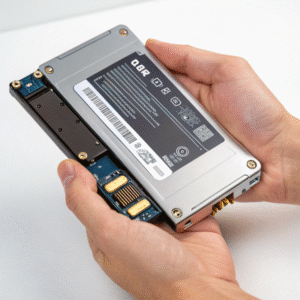
I remember arguing with colleagues during a big upgrade. We weighed all the facts: cost, speed, and reliability. The answer actually depends on your need. If you need blazing fast reads and writes for databases, choose enterprise SSDs (which also come with SAS interfaces). If long-term reliability at a lower cost per gigabyte is crucial, SAS hard drives still make sense. The industry offers SAS SSDs, which combine the speed of SSD with the enterprise focus of SAS. Here’s a comparison of typical scenarios:
Choosing the Right Drive for Servers
| Criteria | SAS HDD | SATA/Enterprise SSD | SAS SSD |
|---|---|---|---|
| Speed | Medium | High | Very High |
| Cost per GB | Lower | Higher | Highest |
| Reliability | Very high | Depends on grade | Highest (enterprise-grade) |
| Common Uses | General storage | High speed jobs | Databases, mission-critical apps |
Always match storage to use. For most, a mix of SAS hard drives for bulk storage and enterprise SSD for speed works best.
Conclusion
Servers use SAS drives over standard SSDs for reliability and advanced features. Only enterprise SSDs—sometimes even with SAS connections—can compete in server environments.

